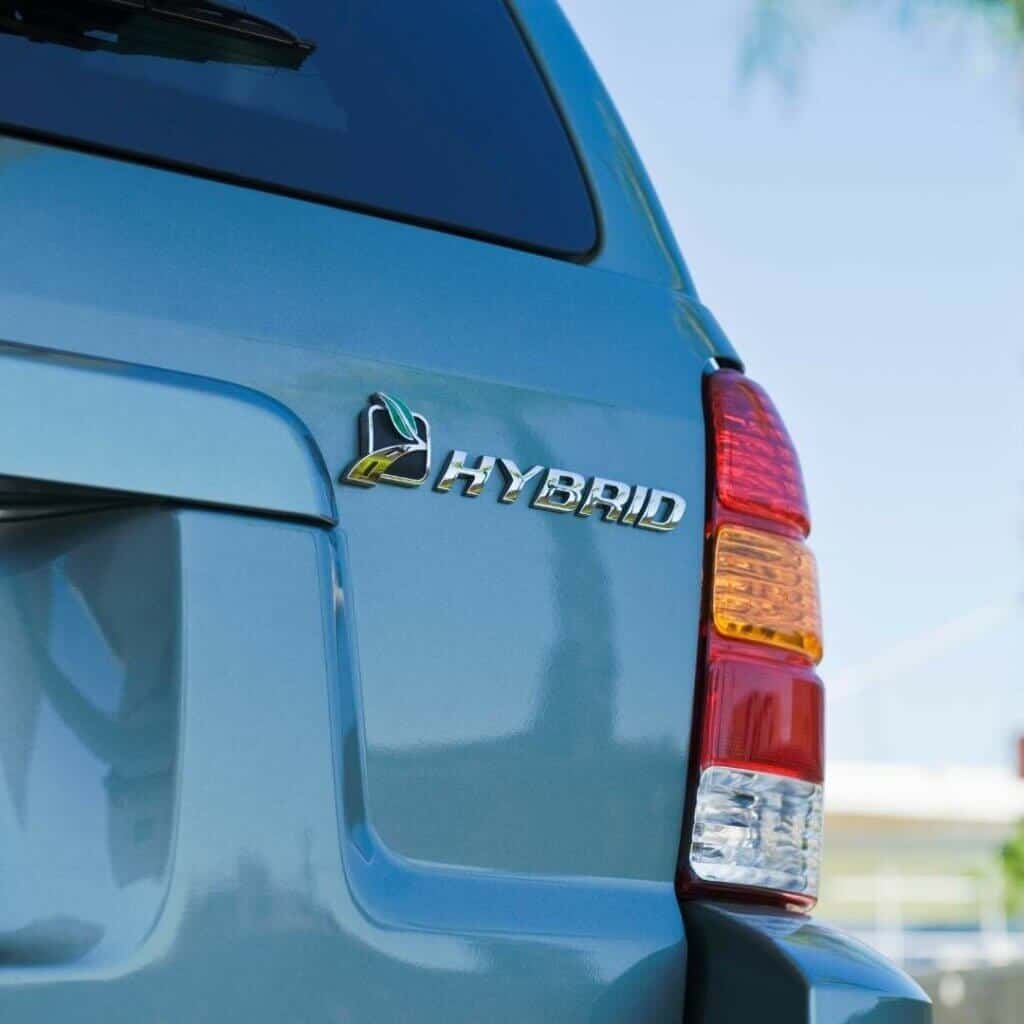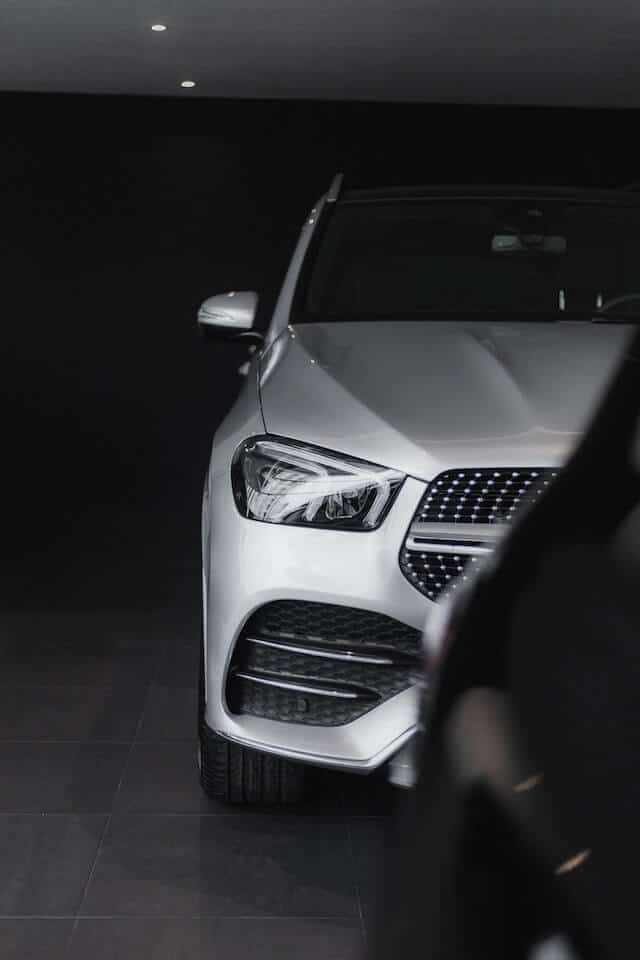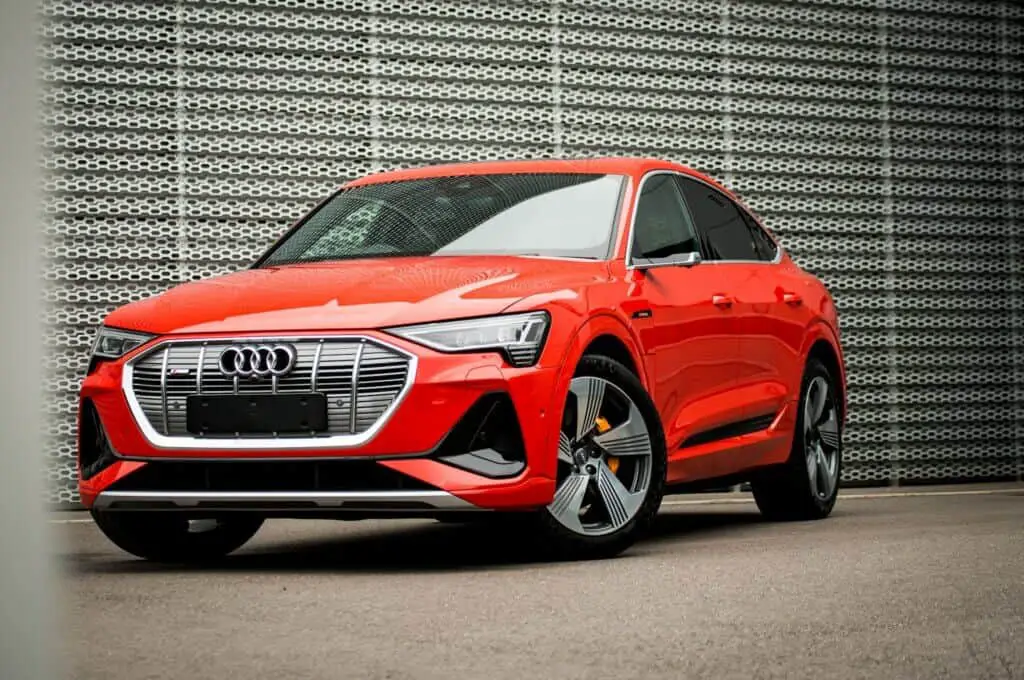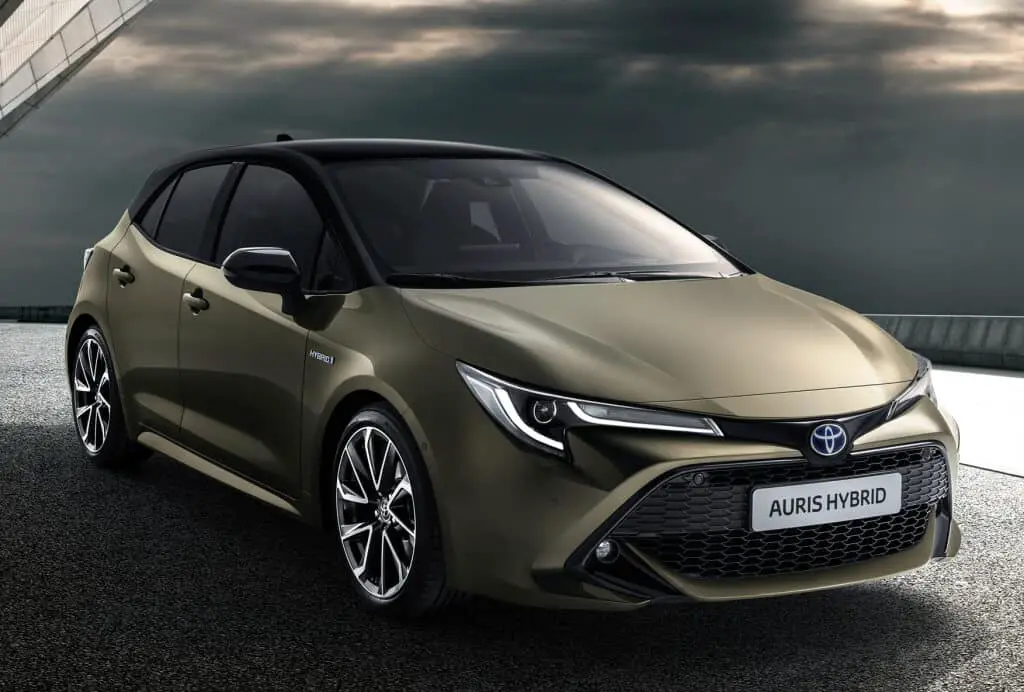Are you familiar with Honda CR V hybrid problems?
The CR-V is a fully self-charging hybrid car. Unlike a mild hybrid, it accelerates smoothly, efficiently, and instantly. It has a wide cargo room, plush cabin, supportive seats, and an intuitive infotainment system.
A basic 1.5-liter turbocharged four-cylinder engine with 190 horsepower is located behind the CR-V’s vertical grille. It combines this with either front- or all-wheel drive and a CVT.
This configuration is standard on the EX and EX-L versions. Every CR-V has hill-descent control, which helps regulate the SUV’s speed when moving down steep or slick inclines at moderate speeds.
The Sport trim has 18-inch black wheels, while most variants have white ones. In addition, there are two engine options for the CR-V, a 1.5-liter gasoline engine with 190 horsepower and a 2.0-liter hybrid engine with 204 horsepower.
Honda CR V Hybrid Problems
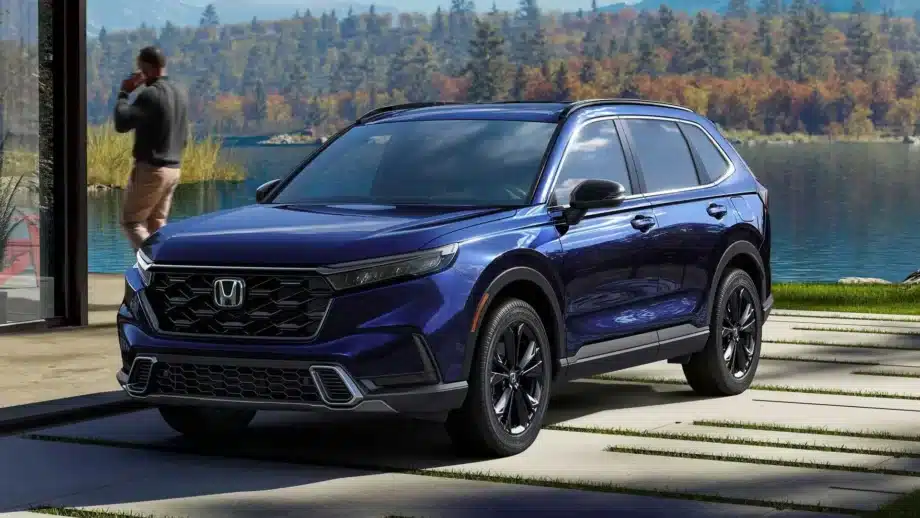
Many complaints have been made concerning the Honda CR-V Hybrid. More than half of these involve brakes and automatic emergency braking system issues.
For instance, the Forward Collision-Avoidance category has received 13 complaints, Vehicle Speed Control received 2, and Equipment and Service Brakes received one apiece [1].
High on the list of concerns are lane departure, powertrain, and structural problems. Even though there have only been two complaints made to the NHTSA regarding the electrical system, it is still important to note.
Most Common Honda CR-V Hybrid Problems
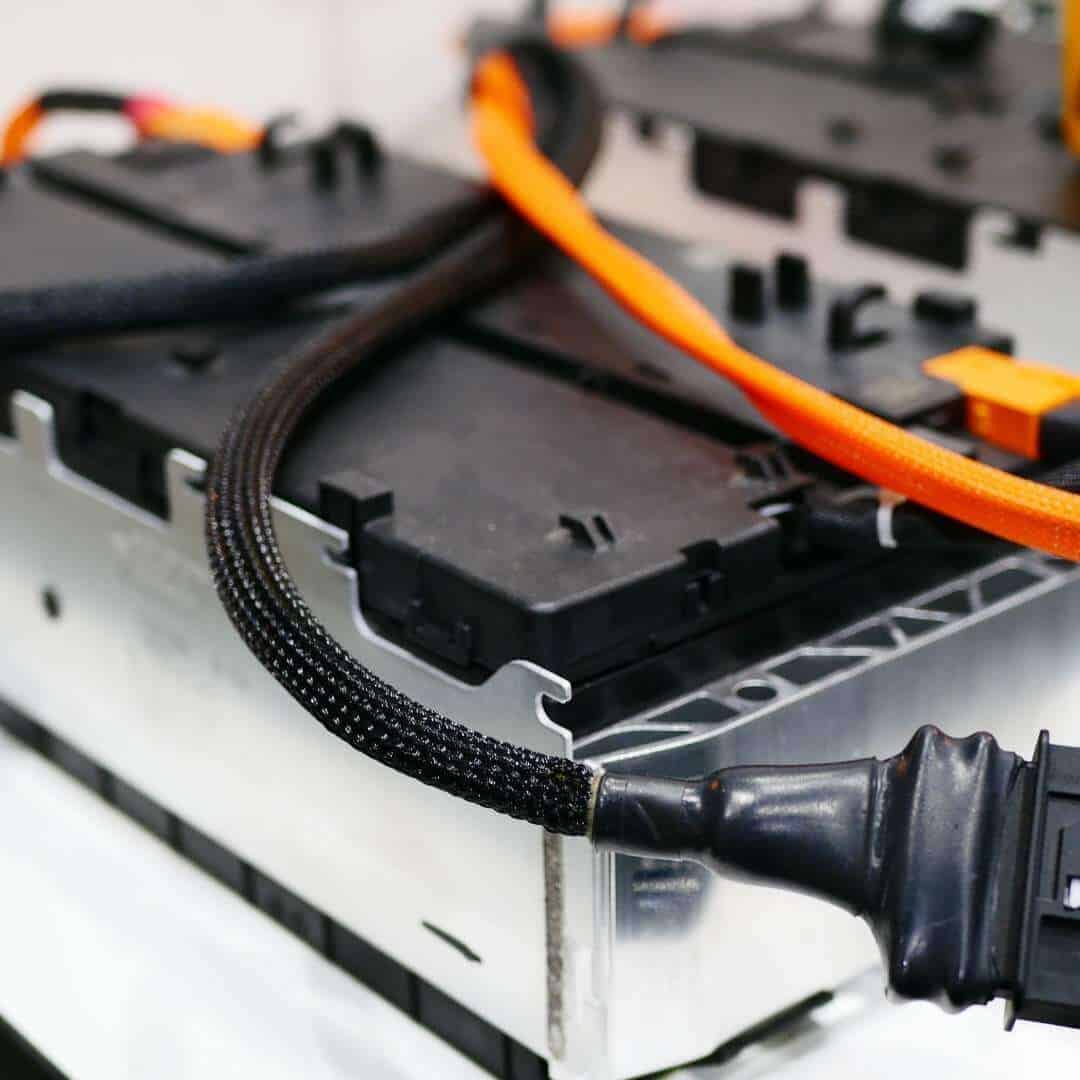
- Faulty Brakes
Many 2021 CR-V Hybrid owners have reported brake failure. Users claim that the brakes stop working completely and become unresponsive [2].
Due to this problem, the car collided with other vehicles, injuring those inside. Any warning lights didn’t precede the failure [3].
The Honda CR-V’s sudden braking is the most frequently voiced issue. The automatic emergency braking system is alleged to have failed to activate when it should have, leading to a collision.
Another complaint claims that the SUV frequently makes abrupt stops and sometimes accelerates back up to the “set speed.” Additionally, there are more specific issues with the Anti-Lock Braking System (ABS), the Adaptive Cruise Control, and the Collision Mitigation Braking System (CMBS).
Visit a mechanic to have your car looked at if you’re having any of these problems.
Brakes are among the most vital components of a vehicle, and neglecting brake problems can lead to bigger problems. Take your automobile to a professional, explain the problem, and hear what the mechanic says.
- Battery Issues
According to many owners, the battery in their CR-V Hybrid drains abnormally fast. When the vehicle is inactive for a few days, the battery drains, necessitating a jump-start [4].
Some users have complained that their automobiles stalled on the highway because the battery died while traveling.
Slow engine cranking, failure to start, dim lighting, flickering dashboard lights, and clicking noises when attempting to start the engine are typical signs of a dead battery in a Honda CR-V Hybrid.
The most frequent reasons for dead batteries in Honda CR-V Hybrids are internal battery degeneration brought on by aging and a defective alternator. However, parasitic drains and long parking periods are also to blame for this problem [5].
It’s time to replace the old battery in your CR-V Hybrid if it has grown too weak and loses its charge too quickly.
However, before spending money on a new battery, ensure you thoroughly inspect the current one. Before replacing the battery, you should rule out any other issues, such as a damaged alternator.
- Powertrain Issues
A brand-new CR-V Hybrid with only 1971 miles on the clock had transmission failure due to powertrain issues. Although the Honda warranty covers the case, the owner of this car was more worried about safety.
The user considered the transmission problems one of the largest safety concerns and a potentially fatal incident because there was no warning or communication about them [6].
Additionally, two reports mention issues with reversing. An owner from New York claimed that the automobile moved forward when he tried to reverse.
However, the car eventually reversed after he turned it back on and gave it one more try. While the automobile was moving ahead, the reverse camera was activated, and the R indicator was visible on the dashboard.
Transmissions typically experience inadequate maintenance, such as infrequent fluid changes. The lack of fluid changes causes the most wear and strain [7].
You can be sure that the automatic transmissions will experience issues sooner or later if you use them without doing routine fluid changes. You can also expect additional Honda CRV gearbox difficulties, which might cost you thousands of dollars to fix.
- Steering Alignment issues
Some consumers have complained that their CR-V Hybrid tends to veer to the left or the right when traveling at highway speeds. The problem occurred on brand-new autos with low mileage.
In addition, dealerships complained about a problem with the steering arrangement, fixed under warranty. The most frequent issue with a Honda CR- V’s electronic power steering system is typically a result of the system’s fuse blowing.
This may occur if the system has a short somewhere or if it consumes too much power. When it happens, the fuse will blow to safeguard the motor from damage.
When you turn your wheel, your car employs an electrical motor that helps to steer the wheels. Unfortunately, this motor can eventually break down.
Both internal and external failure of the motor is possible. Therefore, inspecting the wiring connections on the outside of it is advised to ensure they are secure and devoid of any dirt or damage. Such debris might prevent proper connection to the motor.
- Safety concerns
There have been issues reported with the Automatic Emergency Braking (AEB). The CR-V Hybrid’s AEB suddenly activates and slams on the brakes.
The error typically occurs at slow speeds and without any nearby objects. Additionally, users have experienced problems with the false airbag warning.
The SRS airbag light in the instrument panel is said to remain on. This mistake could disable the airbag in a collision and result in injuries.
According to reports, the CR-V Hybrid’s Lane Departure System (LDS) has problems and often loses track of the lane while cruising down a freeway [9]. In addition, the mechanism made the automobile downshift at random, unnecessarily increasing engine revs.
On occasion, the Honda CR-V’s electronic brake system is useful. However, if it breaks down, you could end up in a dangerous situation.
The Honda manufacturer advises stopping and shifting into neutral to reset the system [10]. You are then required to put the parking brake on and turn off the automobile.
By making these motions, the electric brake and the motor may communicate again, allowing the electric brakes to resume normal operation.
- Malfunctioning of the Charging System
The hybrid charging technology has caused problems for certain owners. The ECM develops an error due to this malfunction, which restricts the crossover’s power. This power restriction increases the possibility of a rear-end collision.
Read Next: Honda Jazz Hybrid Problems
Conclusion
The Honda CR-V Hybrid is an outstanding car with many positive reviews. Customers are generally happy with the vehicle on offer, and sales have been excellent.
However, Honda CR-V Hybrid owners commonly deal with issues with batteries, brakes, transmission, warning lights, and charging systems, among others. The good news is that Honda is usually quick at fixing these issues to ensure clients are happy.
Read Also: Honda Vezel Hybrid Problems
Proper maintenance of your Honda CR-V hybrid will contribute to its longevity. Always do a routine check of your car and have it serviced regularly. When any of the mentioned problems arise, visit a mechanic to identify and rectify the situation.

